MONDAY MORNING DEBRIEF: Ferrari have a quick car but Mercedes' risky call on tyres paid off in Mexico

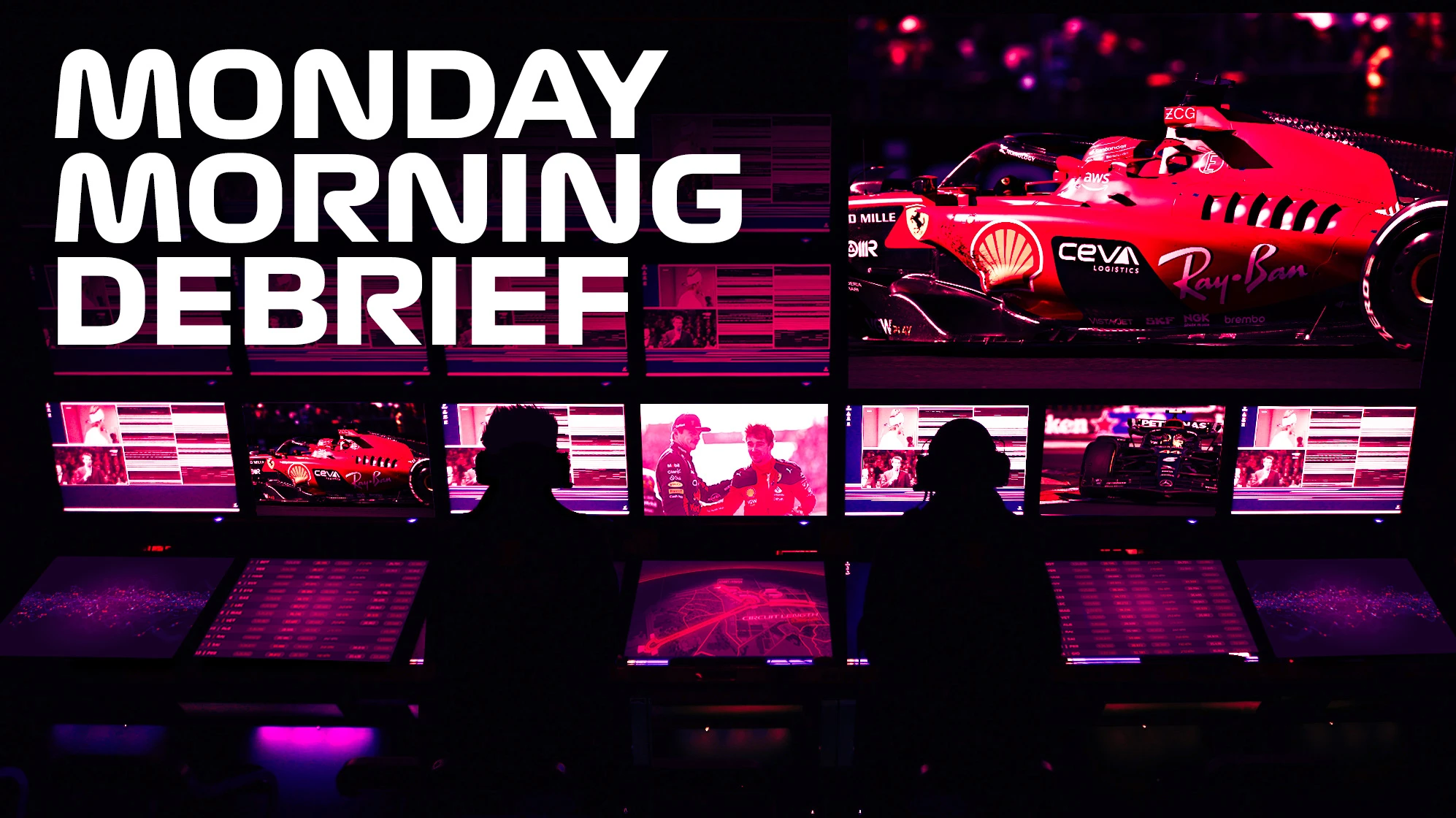
Kevin Magnussen’s lap 34 crash in Mexico broke up a Max Verstappen two-stop vs Charles Leclerc one-stop contest. With the race red-flagged everyone got to change their tyres for free and had no need of further pit stops. In this re-booted contest Verstappen simply drove off into the distance for his 16th win of the season, leaving behind a sometimes-enthralling dice between Leclerc and Lewis Hamilton for runner-up.
The background to that particular battle was the difficult choice over which tyres to fit for the remaining 36-lap distance. This was no simple calculation and it was a decision being agonised over by pretty much every team.
Next Up
Related Articles
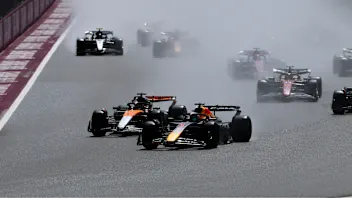 REVEALED: Your favourite race of the 2025 season
REVEALED: Your favourite race of the 2025 season.webp) End Of Year Reports 2025Kick Sauber’s best and worst moments from 2025
End Of Year Reports 2025Kick Sauber’s best and worst moments from 2025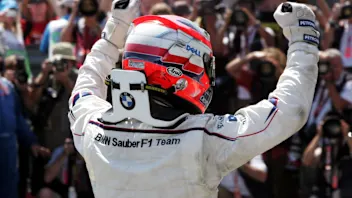 Tremayne'Why I’ll always have a soft spot for Sauber'
Tremayne'Why I’ll always have a soft spot for Sauber'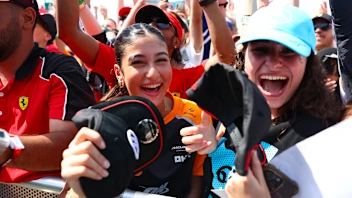 Formula 1’s record-breaking 2025 season in numbers
Formula 1’s record-breaking 2025 season in numbers F1 CEO Domenicali reflects on 'phenomenal' 2025
F1 CEO Domenicali reflects on 'phenomenal' 2025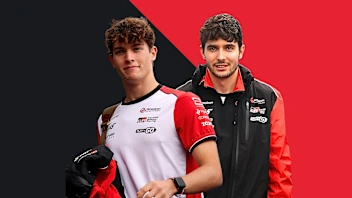 End Of Year Reports 2025Haas’ best and worst moments from 2025
End Of Year Reports 2025Haas’ best and worst moments from 2025
